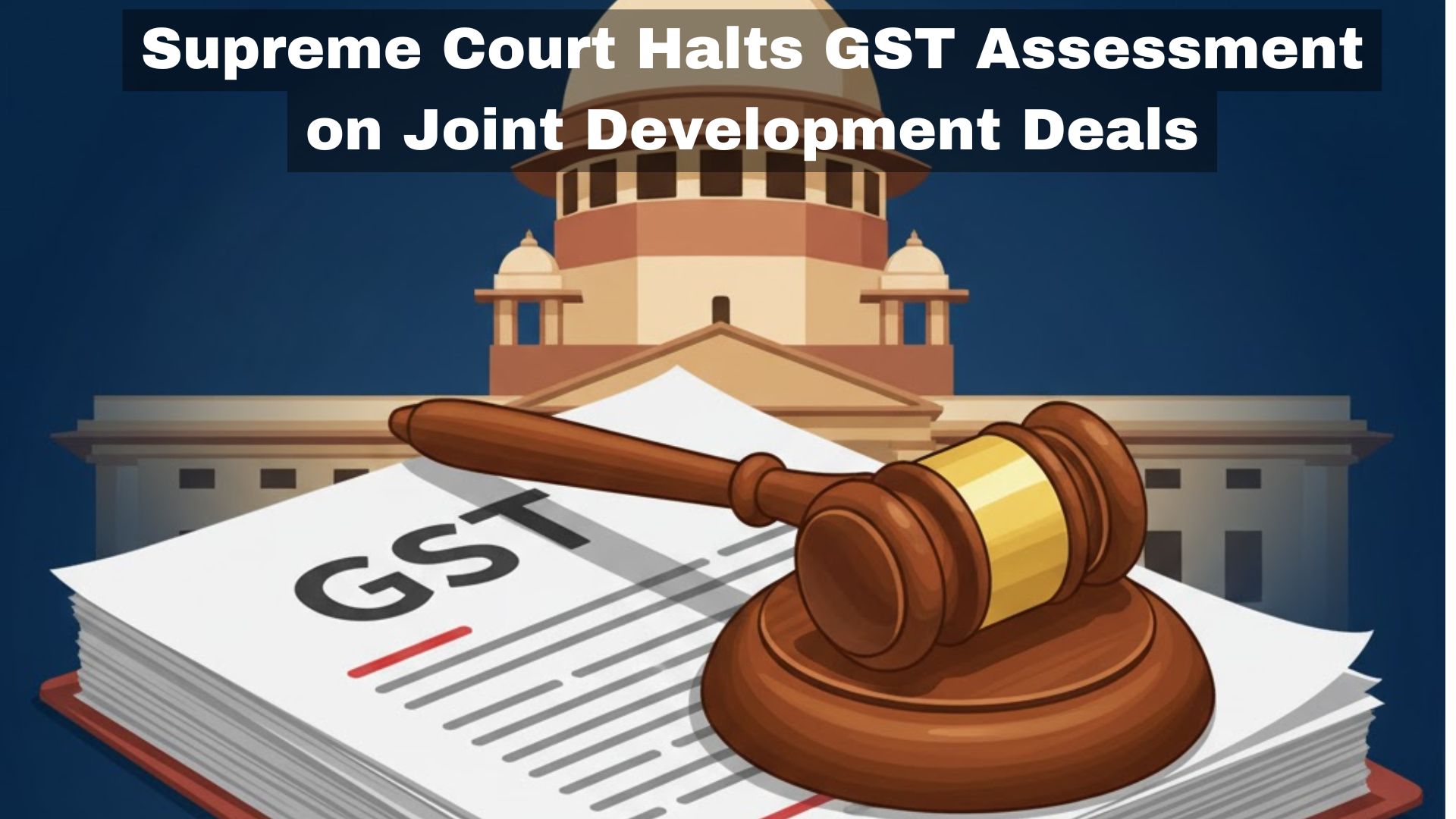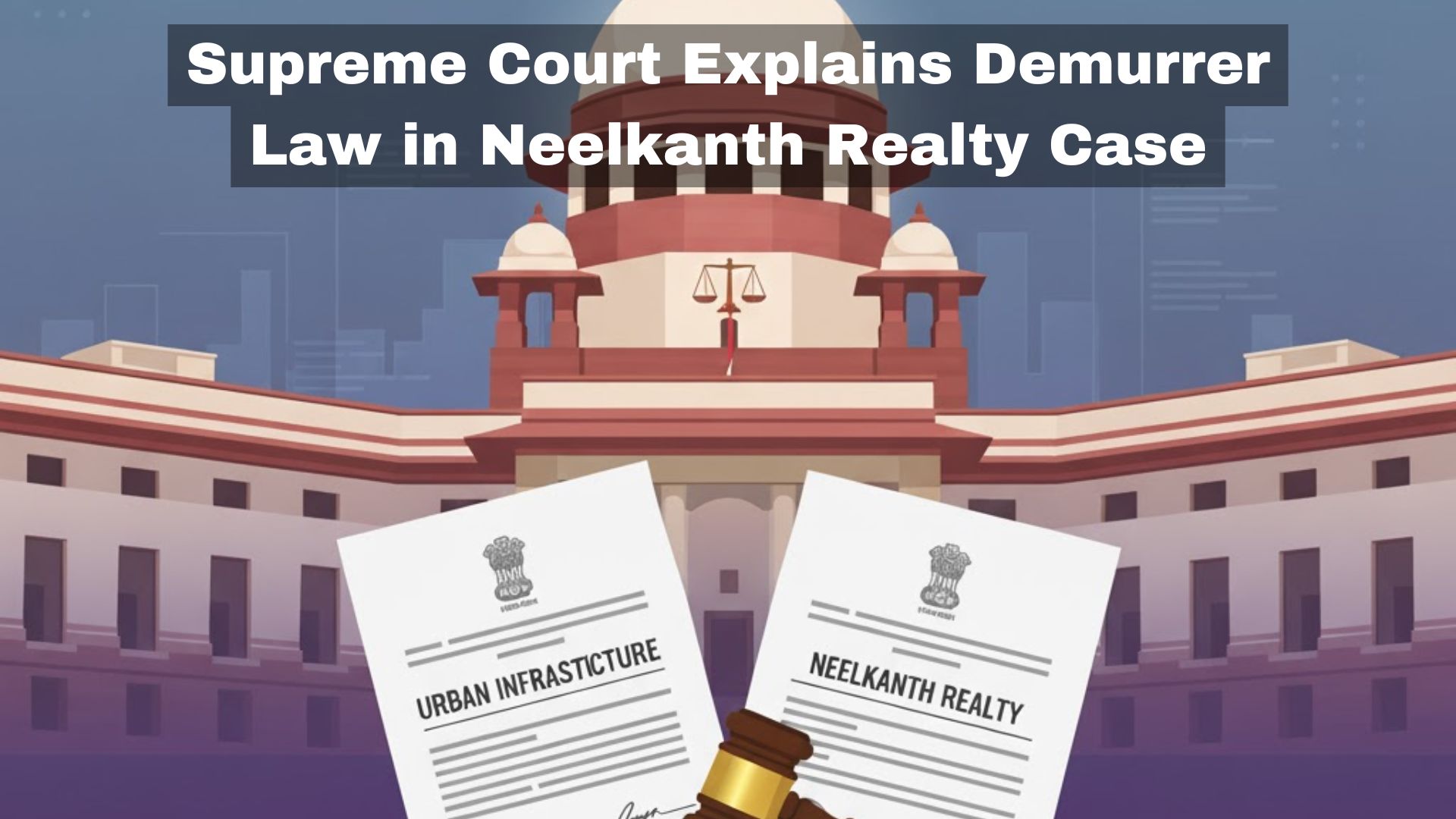1. This appeal by special leave special leave arises from the judgment of the learned single judge of the Allahabad High Court, made on 9.4.1980
in Execution second Appeal No. 789 of 1969.
2. The admitted facts are that the appellant had filed Suit No. 1023/61 against the respondent for perpetual injunction and also for mandatory
injunction restraining him from blocking passage of 5 ft, between the house of the appellant and that of respondents and for removal of the
obstruction. It was decreed by the Trial Court on March 30, 1964 which was confirmed by the appellate Court on December 10, 1964. Thus, the
decree of mandatory injunction to remove the obstruction and perpetual injunction restraining the respondent from blocking the passage of the
appellants through the ""QOADEMLP area"" of the land shown in the decree of the trial Court. When the appellants had filed an application for
execution under Order 21, Rule 32, CPC in Execution Case No. 2903/65, the respondent had removed the obstruction and consequently, the
execution case was struck out on February 25, 1966 on the finding that the passage had been cleared and obstruction was removed. That was
also upheld by the appellate Court by dismissing CA No. 65/66 on March 6, 1967.
3. It is now an admitted position that subsequently a shop was constructed which is an obstruction to the passage in question and it had completely
blocked the passage. The appellant, therefore, filed again an execution application under Order XXI, Rule 32 in E.C.No. 42/1967. The executing
Court had directed, over-ruling the objections of the respondents, to remove the obstruction completely and issued injunction not to disobey the
mandatory injunction. It was issued by way of attachment of the property and detention of the respondents in civil prison if only the obstruction is
not removed. On appeal, the Additional District Judge by his judgment dated March 10, 1969 confirmed the same. In the execution second
appeal, the learned Single Judge reversed the decree and remitted the matter on the finding that u/s 22 of the Easement''s Act, it is required to be
seen whether the obstruction has caused enjoyment of easementary right. Since that was not done, the courts below have committed error of law
in directing removal of the obstruction and also the attachment of the properties and direction to keep the respondents in civil prison.
4. The question is: whether the view taken by the High Court is correct in law? One of the defences taken by the respondent was that he had sold
the property to third parties who had constructed the shop and thus it is not he who caused obstruction. That evidence was not accepted and it
was found that the respondent had constructed the shop in the disputed area. Thereafter, it is recorded as a fact as under:
The next question for decision in this appeal is whether the disputed construction has blocked the passage. In support of his contention on this
point the decree holder has examined himself and has stated on oath that by disputed construction the passage at QOADEMLP shown in the
decree has been completely blocked. The statement of the decree holder is corroborated by the report of the commission dated 13.5.1967. The
report and map of the commission filed in the execution case show that the said passage has been completely blocked by the disputed construction
and the place of dirty water of plaintiffs house has been stopped. The judgment debtors Babu Lal Garg has also admitted in cross-examination that
by the disputed construction the said passage has been completely blocked.
5. The appellate Court, thereafter, found that though the decree on the earlier occasion was satisfied, since by his conduct he had constructed shop
obstruction the free flow of passage, an application for execution under Order XXI, Rule 32, CPC could be laid to enforce the injunction granted
in the suit in respect of the aforesaid area.
6. It is contended that the High Court has proceeded on the premise that the rights of parties are required to be adjudicated u/s 22 of the Easement
Act. The view of the High Court is clearly in error. It is seen that once the decree of perpetual injunction and mandatory injunction has become
final, the judgment-debtor is required to obey the decree. In whatever form he obstructs, it is liable to removal for violation and the natural
consequence is the execution proceedings under Order XXI, Rule 32, CPC which reads as under:
(3) Where any attachment under Sub-rule (1) or Sub-rule (2) has remained in force for six months if the judgment debtor has not obeyed the
decree, if the decree-holder has applied to have the attached property sold, such property may be sold; out of the proceeds the Court may award
to the decree-holder such compensation as it thinks fit, and shall pay the balance, if any, to the judgment-debtor on his application. Where the
judgment -debtor has obeyed the decree and paid all costs of executing the same which he is bound to pay, or where, at the end of six months
from the date of the attachment, no application to have the property sold has been made, or if made has been refused, the [attachment shall cease.
7. In this case, since the attachment was made for enforcement of the perpetual injunction and mandatory injunction, the decree is required to be
complied with. In case he did not obey the injunction under Clause (1) of Order 32, the judgment-debtor is liable to detention in the civil prison
and also to proceed against the property under attachment.
8. The question of Section 22 of Easement Act would arise only if the question arises for the first time. However having allowed the perpetual
injunction and mandatory injunction granted by the trial Court to become final, it would be no defence for the respondent to plead that he has not
obstructed the passage etc. or that, as found by the High Court, a part of the property in which the present shop was constructed was not part of
the property in the original suit. In other words, if a judgment-debtor has suffered the decree, no attempt to circumvent the perpetual injunction and
mandatory injunction, can be permitted. If the decree-holder makes any construction clubbing the other adjacent property, property which is part
of the subject matter in the earlier suit, a party cannot and should not, by his action, be permitted to drive the decree for another round of
adjudication of the rights in the second suit to be settled afresh. In other words, giving such a liberty will amount to encouraging persons to take the
law into their own hands and drive the decree-holder to another suit. It can never be facilitated to circumvent the law and relegate the party for
tardy process of the civil action. What is needed is an opportunity to obey the injunction. Non-compliance is a continuing disobedience entailing
penal consequences. A separate fresh suit is barred u/s 49 of the CPC. Under these circumstances, the view of the High Court is clearly in error
and appeal is accordingly allowed. The judgment and order of the High Court stand set aside and that of the trial Court and the appellate Court
stand restored. No costs.

